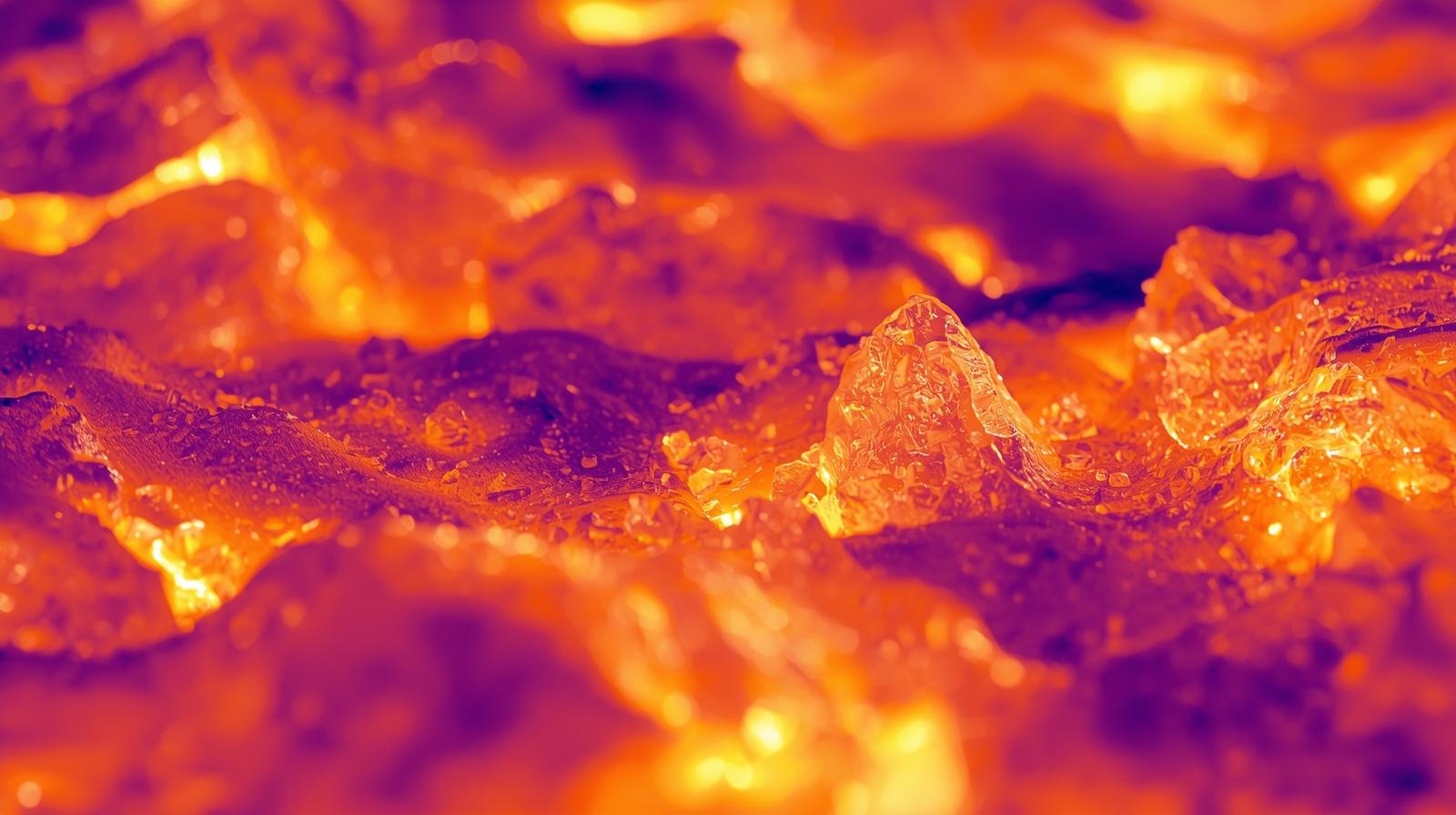The world is increasingly being viewed through the lens of heat. Infrared imaging, once a niche technology confined to military and scientific applications, has proliferated across a vast spectrum of industries, becoming a critical tool for safety, efficiency, and innovation. This technology allows us to see the invisible thermal radiation emitted by all objects, translating it into a visible light image called a thermogram. Understanding the forces driving its adoption is crucial for stakeholders across the board. This article provides a detailed demand analysis for the Infrared Imaging Market, examining the key factors, applications, and regional dynamics that are shaping its present and future trajectory.
The global infrared imaging market is experiencing a significant upswing, propelled by a confluence of technological advancements and expanding application areas. A robust demand analysis for the Infrared Imaging Market reveals a sector in the midst of a transformation, moving from high-cost, specialized hardware to more accessible, scalable solutions. This growth is not monolithic; it is driven by distinct factors in different verticals, from the surge in autonomous vehicle testing to the critical need for predictive maintenance in aging industrial infrastructure. The market’s expansion is a direct response to the global need for enhanced security, improved operational efficiency, and non-invasive diagnostic capabilities.
The global Infrared Imaging Market size was estimated at USD 8.06 billion in 2024 and is predicted to increase from USD 8.61 billion in 2025 to approximately USD 11.65 billion by 2030, expanding at a CAGR of 6.2% from 2025 to 2030.

Primary Drivers Fueling Market Demand
The demand analysis for the Infrared Imaging Market identifies several powerful engines of growth. The most significant driver is the drastic reduction in the cost of uncooled microbolometer-based detectors. As manufacturing processes have improved and economies of scale have been realized, the price point for core components has fallen, making the technology accessible to a wider range of industries and smaller businesses. This cost reduction has democratized thermal imaging, moving it beyond the budgets of only large government and industrial entities.
Secondly, the increasing integration of infrared imaging with other technologies such as artificial intelligence (AI), machine learning (ML), and the Internet of Things (IoT) is creating smarter, more autonomous systems. AI algorithms can now analyze thermal data in real-time to identify anomalies, predict failures, or trigger alarms without human intervention. This fusion enhances the value proposition of infrared systems, transforming them from mere imaging devices into intelligent decision-support tools. Furthermore, the miniaturization of components has led to the development of compact, portable, and even smartphone-connected thermal cameras, opening new avenues for personal and professional use.
Application-Specific Demand Analysis
The demand for infrared imaging is not uniform; it is deeply fragmented across application areas, each with its own unique growth narrative.
Military and Defense: The Traditional Powerhouse
The military sector remains a cornerstone of the market. Infrared imaging is indispensable for surveillance, intelligence, reconnaissance, target acquisition, and night vision operations. Modern warfare’s emphasis on asymmetric threats and 24/7 operational capability ensures sustained and significant investment in advanced thermal imaging systems for soldiers, vehicles, aircraft, and naval vessels.
Industrial and Commercial Applications
This segment is perhaps the fastest-growing, driven by the need for predictive maintenance. Electrical installations, mechanical equipment, and manufacturing processes generate heat before they fail.
-
Infrared cameras allow technicians to identify overheating components, loose connections, and insulation failures in electrical panels, motors, and pipelines without shutdowns.
-
In building diagnostics, they are used to detect heat leaks, moisture intrusion, and structural defects, improving energy efficiency and building integrity.
Automotive and Transportation
The advent of autonomous driving has catapulted the demand for infrared imaging, particularly long-wave infrared (LWIR) sensors. Unlike visible light cameras, thermal cameras perform reliably in complete darkness, through sun glare, and in adverse weather conditions like fog and rain. This makes them a critical sensor fusion component for enhancing the safety and reliability of Advanced Driver-Assistance Systems (ADAS) and fully autonomous vehicles.
Healthcare and Life Sciences
The COVID-19 pandemic served as a massive, global catalyst for thermal imaging in the healthcare sector. Thermography was widely deployed for mass fever screening in airports, hospitals, and public spaces. Beyond pandemic response, infrared imaging is used in medical diagnostics for detecting vascular diseases, monitoring inflammation, and assisting in physiotherapy. Its non-invasive and radiation-free nature makes it a valuable tool for practitioners.
Security and Surveillance
Thermal cameras provide a distinct advantage in perimeter security and critical infrastructure protection. They can detect intruders based on their heat signature in total darkness and over long distances, where conventional cameras would be useless. Their ability to operate in all lighting conditions makes them a preferred choice for law enforcement and homeland security agencies.
Research and Development
In R&D labs worldwide, infrared cameras are used to visualize thermal processes that are invisible to the naked eye. This is crucial in fields like electronics design (testing circuit boards), material science, aerospace (testing aerodynamics and engine performance), and renewable energy (assessing solar panel and wind turbine efficiency).

Regional Demand Dynamics
A thorough demand analysis for the Infrared Imaging Market must account for geographical disparities. North America, led by the United States, holds a dominant share due to its massive defense budget, early technological adoption, and strong presence of key market players. Europe follows closely, with robust demand from the automotive, industrial, and aerospace sectors. The Asia-Pacific region, however, is projected to be the growth epicenter for the coming decade. Rapid industrialization in China and India, massive investments in infrastructure development, expanding military modernization programs, and the presence of a massive electronics manufacturing base are all converging to create unprecedented demand for infrared imaging solutions in the region.
Challenges and Restraints
Despite the optimistic outlook, the market faces headwinds. The high cost of cooled infrared detectors and advanced systems remains a barrier for some potential users. Additionally, the performance of uncooled detectors can be limited in extreme environmental conditions compared to their cooled counterparts. There is also a technical challenge related to the interpretation of thermal data; accurate analysis often requires trained personnel to avoid false positives or misdiagnosis, which can add to the total cost of ownership.
Download PDF Brochure for More info @ https://www.marketsandmarkets.com/pdfdownloadNew.asp?id=593
Future Outlook and Forecast
The future of the infrared imaging market is exceptionally bright. The trend towards miniaturization and cost reduction will continue, further penetrating consumer markets. We can expect to see more integration with augmented reality (AR) interfaces, where thermal data is overlaid directly onto a user’s field of view for maintenance or navigation. Furthermore, the development of multispectral and hyperspectral imaging, which combines thermal data with other wavelengths, will open new analytical possibilities in agriculture, environmental monitoring, and geology. The market is poised for sustained growth, evolving from a specialized tool to a ubiquitous technology enhancing human perception across every facet of modern life.
This demand analysis for the Infrared Imaging Market paints a picture of a market at a pivotal point. No longer a exotic technology, infrared imaging is becoming a mainstream tool driven by affordability, integration, and innovation. Its ability to provide critical, non-contact thermal data makes it indispensable in a world focused on safety, efficiency, and automation. While challenges remain, the convergence of market drivers across diverse industries and regions suggests a long-term growth trajectory. For businesses, governments, and investors, understanding these demand dynamics is key to capitalizing on the opportunities presented by the ability to see the unseen.
Explore In-Depth Semiconductor & Electronics Market Research
https://www.marketsandmarkets.com/semiconductorand-electonics-market-research-87.html
FAQs
Q1: What is the single biggest factor driving the demand for infrared imaging?
While multiple factors are at play, the most significant driver is the drastic reduction in the cost of uncooled infrared detectors. This has democratized the technology, making it accessible to a wide range of commercial, industrial, and even consumer applications that were previously priced out of the market.
Q2: Which application segment is expected to grow the fastest in the coming years?
The automotive and transportation segment, particularly for Advanced Driver-Assistance Systems (ADAS) and autonomous vehicles, is projected to be one of the fastest-growing segments. The critical need for a sensor that can perform in all lighting and weather conditions is fueling massive investment and R&D in this area.
Q3: How did the COVID-19 pandemic impact the infrared imaging market?
The pandemic caused a massive, albeit somewhat temporary, surge in demand for infrared thermography for human fever screening. This introduced the technology to a vast global audience and accelerated its adoption in public health and security applications, though the long-term growth remains tied to industrial and automotive uses.
Q4: What are the main challenges hindering the market’s growth?
The primary challenges are the high cost of high-performance cooled imaging systems and the need for specialized training to accurately interpret thermal data. This can lead to a higher total cost of ownership and potential for error, which can be a restraint for some small and medium-sized enterprises.
Q5: Which region presents the most significant growth opportunity?
The Asia-Pacific region (APAC) is widely seen as the most significant growth opportunity. This is due to rapid industrialization, massive infrastructure projects, military modernization in countries like China and India, and a strong manufacturing base for electronics and automobiles, all of which are heavy users of thermal imaging technology.
See The Latest Semiconductor Reports:
Sensor Patch Market Size, Share & Trends : https://www.marketsandmarkets.com/Market-Reports/sensor-patch-market-50239064.html
Semiconductor Market for Robots Size, Share & Trends: https://www.marketsandmarkets.com/Market-Reports/semiconductor-market-for-robots-115553523.html
Virtual Production Market Size, Share & Trends: https://www.marketsandmarkets.com/Market-Reports/virtual-production-market-264844353.html
Haptic Technology Market Size, Share & Trends : https://www.marketsandmarkets.com/Market-Reports/haptic-technology-market-443.html
Microgrid Market Size, Share & Trends: https://www.marketsandmarkets.com/Market-Reports/micro-grid-electronics-market-917.html
Oil Condition Monitoring Market Size, Share & Trends: https://www.marketsandmarkets.com/Market-Reports/oil-condition-monitoring-market-62105661.html
